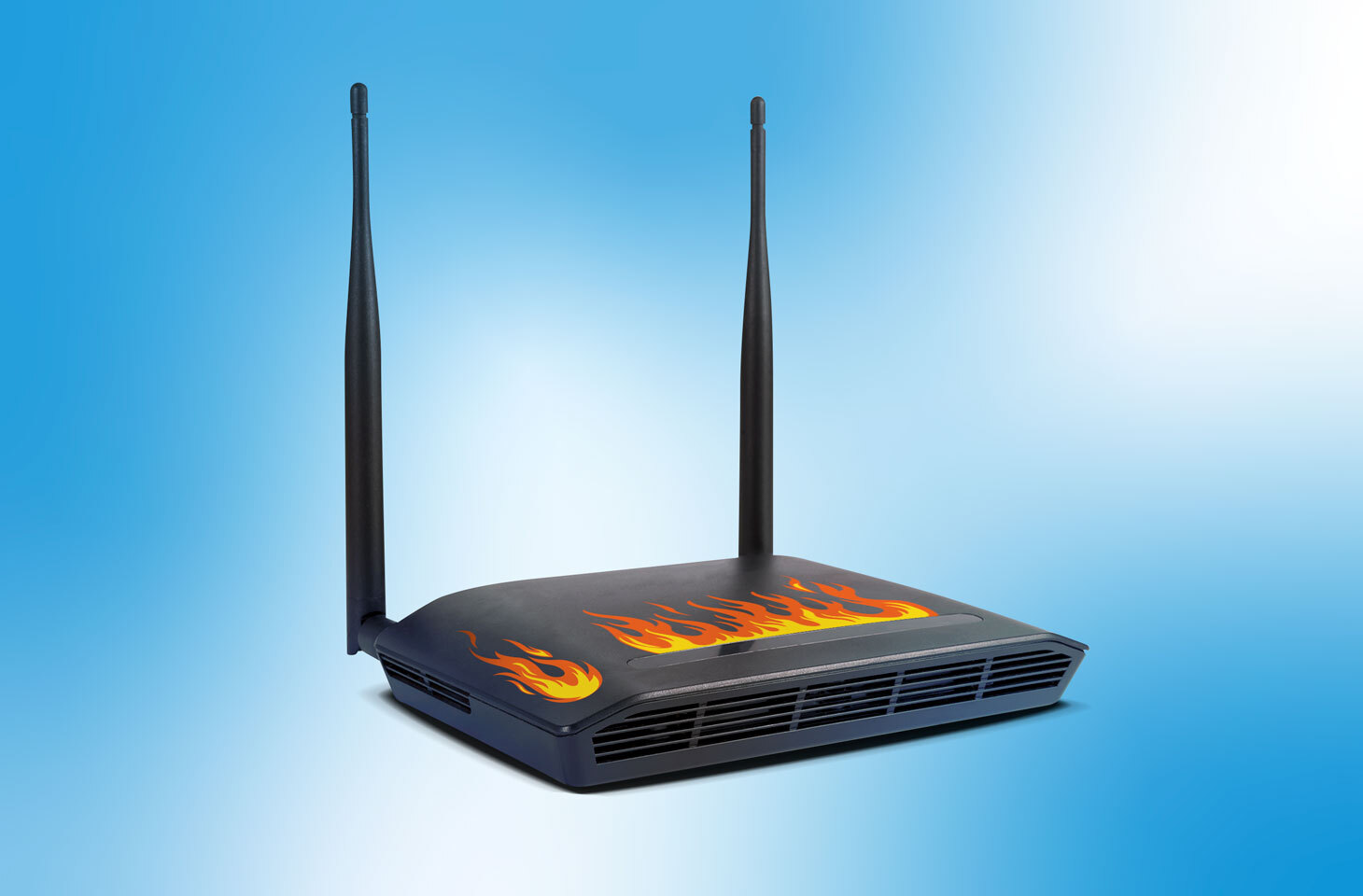Optimising Home Wi-Fi: Advanced Settings for Better Performance in India
In today’s digitally connected world, a strong and reliable Wi-Fi network is essential. Whether you’re streaming 4K movies, gaming online, or working from home, a poorly optimized Wi-Fi network can significantly hinder your experience.

Understanding Your Router’s Potential
The first step to optimizing your Wi-Fi network is understanding the capabilities of your router. Most modern routers offer a plethora of settings that can be tweaked to enhance performance. By delving into these settings, you can significantly improve your Wi-Fi experience.
Key Settings to Tweak:
-
Channel Selection:
- The Importance of Channel Selection: Wi-Fi routers operate on different channels within the 2.4 GHz and 5 GHz bands. Choosing the least congested channel can significantly improve your Wi-Fi speed and reduce interference.
- Using Wi-Fi Analyzer Tools: Tools like Wi-Fi Analyzer can help you identify less crowded channels in your area. By selecting an optimal channel, you can minimize interference from neighboring networks.
-
Quality of Service (QoS):
- Prioritizing Traffic: QoS allows you to prioritize specific devices or applications, ensuring they receive sufficient bandwidth.
- Customizing QoS Settings: By assigning different priority levels to devices like gaming consoles, streaming devices, and work laptops, you can optimize your network for your specific needs.
-
WPA3 Encryption:
- Bolstering Your Network’s Security: Upgrading to WPA3 encryption provides robust security against unauthorized access.
- Enabling WPA3: Ensure your router supports WPA3 and enable it in your security settings.
-
MU-MIMO Technology:
- Efficient Multi-Device Connectivity: MU-MIMO technology allows your router to communicate with multiple devices simultaneously, reducing latency and improving overall network performance.
- Checking for MU-MIMO Support: Verify if your router supports MU-MIMO and enable the feature.
-
Adjusting Transmit Power:
- Balancing Range and Interference: The transmit power setting determines the strength of your Wi-Fi signal. While a higher power setting can extend the range, it may also increase interference with neighboring networks.
- Finding the Optimal Setting: Experiment with different power levels to find the best balance between range and performance.
-
Regular Firmware Updates:
- Staying Up-to-Date: Keeping your router’s firmware up-to-date is crucial for optimal performance and security.
- Checking for Updates: Regularly check your router’s manufacturer’s website for the latest firmware updates.
By following these tips and taking advantage of your router’s advanced settings, you can significantly improve your home Wi-Fi network. Remember, a well-optimized network can enhance your online experience, whether you’re streaming, gaming, or working from home.
FAQs:
How can I improve my Wi-Fi signal strength?
You can improve your Wi-Fi signal strength by optimizing your router’s placement, adjusting the antenna position, and using a Wi-Fi extender.
What is QoS, and how can I use it to improve my network performance?
QoS allows you to prioritize specific devices or applications, ensuring they receive sufficient bandwidth.
How can I secure my Wi-Fi network?
You can secure your Wi-Fi network by using a strong password, enabling WPA3 encryption, and regularly updating your router’s firmware.




